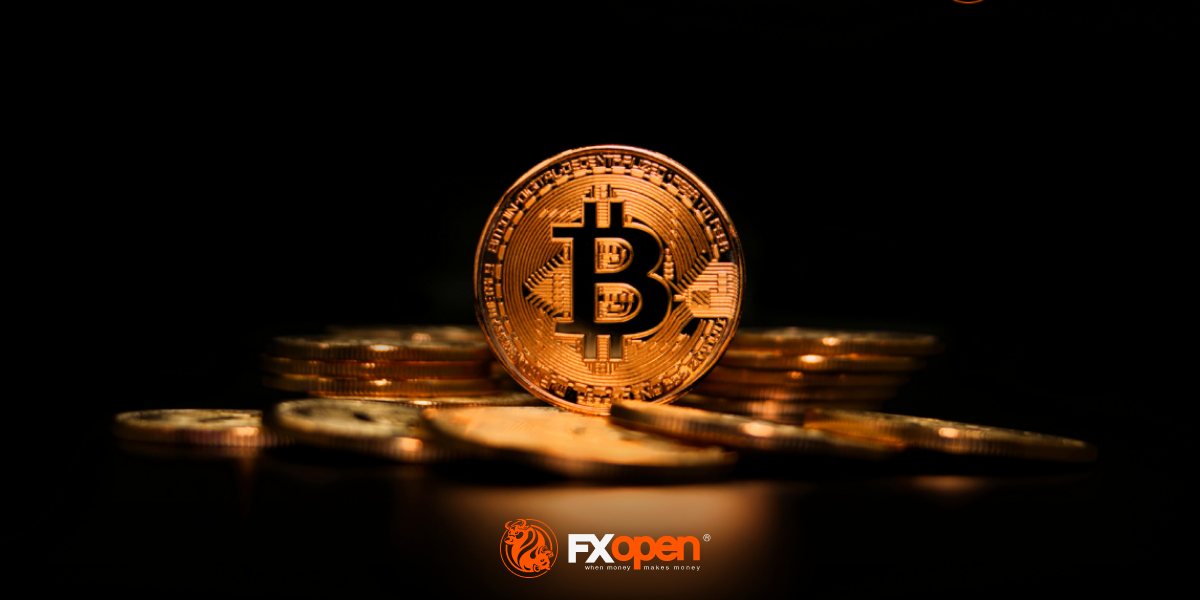FXOpen

Last year, when the analysts in Wall Street and Moorgate were predicting that oil would go up to as high as $80 per barrel by the end of 2021, very few traders paid much attention.
The sheer volatility in the commodities market was enough to keep most market participants fully focused on their trading platforms, and the future pie-in-the-sky value was of very little consequence, nor was it particularly believable.
At that time, the general public in the Anglosphere and parts of Europe was being subjected to daily briefings from the men in suits relating to a virus.
There was also a concerted effort by many with vested interests to promote green initiatives in the advent of the COP26 conference which took place in Glasgow in the third quarter of 2021, to which world leaders flew in private jets and used motorcades, ate lavish meals and enjoyed a lap of luxury before lecturing the world on how the use of those exact same items are to come to an end.
That blew over, and oil did indeed go up to $80 per barrel.
Now, analysts are looking at the real figures and the historical data, and are doing so without any diversions such as green agendas or virus-related dialog getting in their way.
On Monday this week, Brent crude futures, the international benchmark, were trading flat at $94.46 a barrel. West Texas Intermediate crude was up 0.4%, to $93.48 a barrel.
That is way over the amount predicted last year which appeared outlandish at the time. However, today there is talk among financial markets experts that oil prices may rise to $150 per barrel.
That would make oil the most volatile and appreciative commodity available on the market.
These are levels that have not been reached since the global financial crisis of 2008 and 2009. Let's recall that back in in 2008, U.S.-based oil prices hit their highest-ever level of $147 a barrel, and motorists were having to pay $4.09 a gallon at the pumps.
Allowing for inflation since then, that would put today's price at $5.20 per gallon in the United States, and for fuel prices to hit that level, crude oil would have to rise in value to $150 per barrel.
Some analysts in North America have played this possibility down today during the US trading session, saying that it is likely that we will see oil rise to $115 per barrel in the very near future, and that if the political situation between Russia and Ukraine escalates and America's government intervenes, prices may well go up to $125.
These are outlandish estimates by today's values but then again, so was an $80 per barrel prediction in the middle of 2021 and here we are....
This article represents the opinion of the Companies operating under the FXOpen brand only. It is not to be construed as an offer, solicitation, or recommendation with respect to products and services provided by the Companies operating under the FXOpen brand, nor is it to be considered financial advice.
Stay ahead of the market!
Subscribe now to our mailing list and receive the latest market news and insights delivered directly to your inbox.









